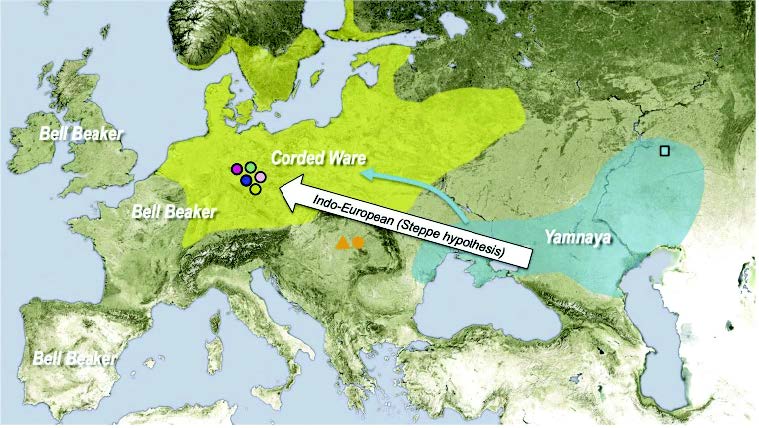I have already talked about the Russian school of thought and their position regarding a Mesolithic origin of Proto-Indo-European in Northern Europe (see below related posts).
Since their archaeologists (Ukrainian, Russian, and Kazakh) are the nearest to potential Indo-Uralic origins, I have also recommended to follow some renown researchers closely.
Recently Leo S. Klejn referred to the position of Svetlana Ivanova. I found a recent summary of her model for genetic finds in an article appeared in Генофонд.рф: Степное население в Центральной Европе эпохи ранней бронзы, или путешествие туда и обратно
Aspects I agree with
– There is a … Read the rest “The Russian school and the Yamna cultural-historical community, with emphasis on the north-west Pontic region”

